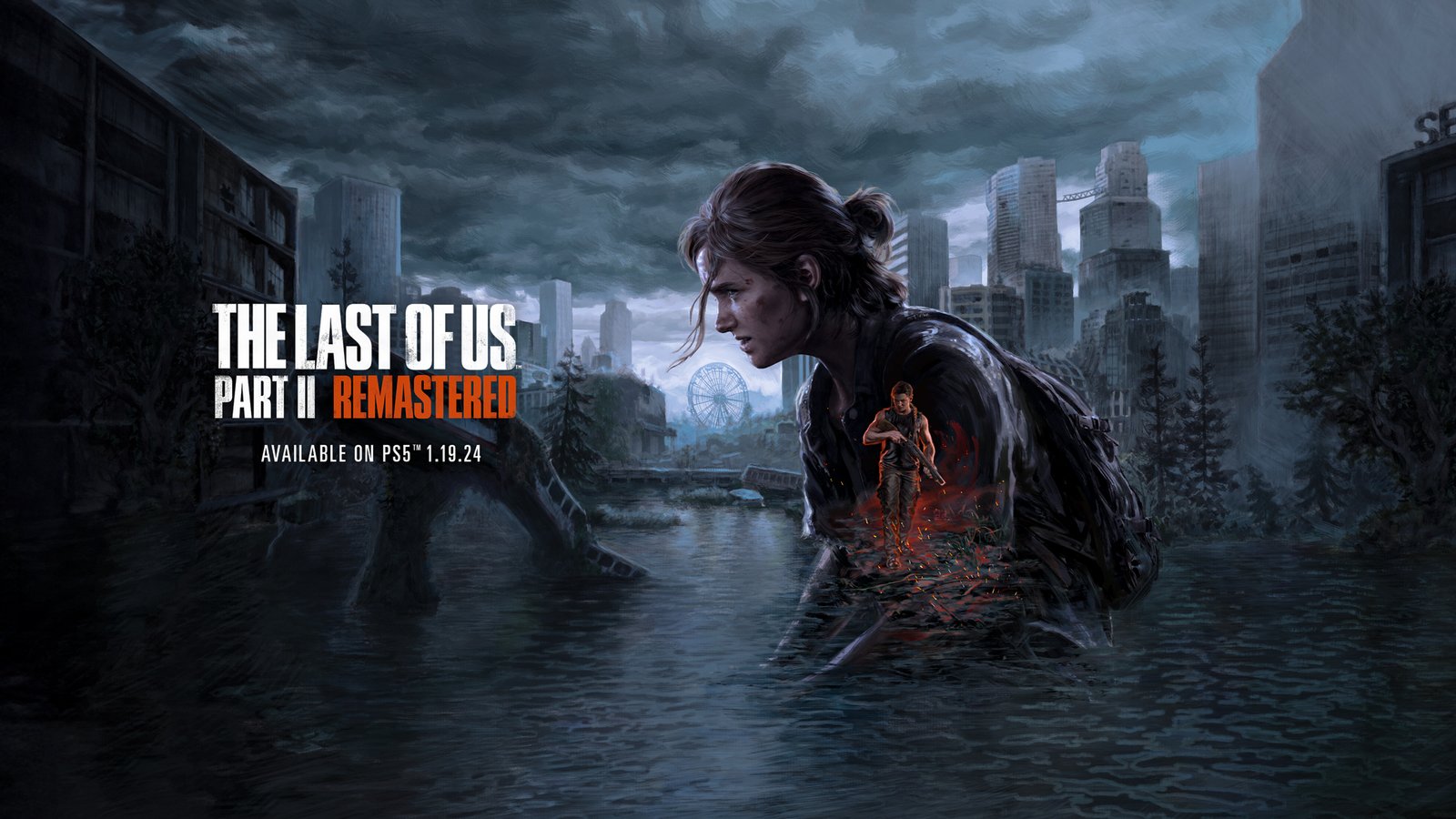Introduction
Delivered in 2020 by Wicked Canine, The Remainder of Us Part II is one of the most aggressive, disruptive, and effective computer games of late years. As the continuation of the 2013 hit The Remainder of Us, it had exclusive standards to meet and an enthusiastic crowd holding back to witness what might to its darling characters, Joel and Ellie. This game, coordinated by Neil Druckmann, pushed the limits of narrating, character improvement, and profound profundity inside the gaming scene. In any case, it likewise worked up a decent amount of contention and discussion. In this article, we’ll investigate the story, interactivity mechanics, specialized perspectives, and the social effect of The Last of Us Part II.
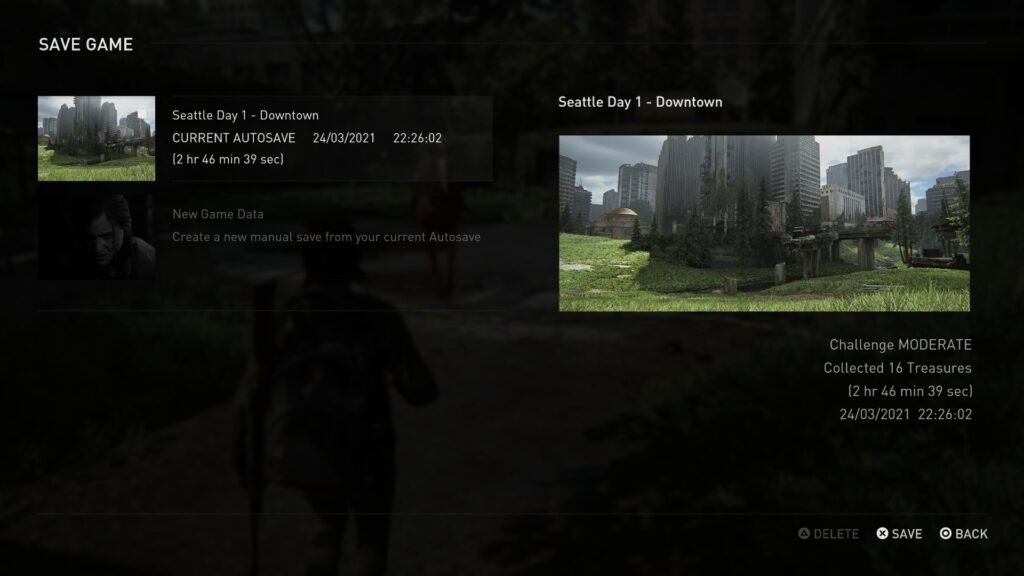
1. Storyline and Themes
The Last of Us Part II gets five years after the occasions of the principal game. Ellie, presently 19, is living in Jackson, Wyoming, with her proxy father Joel, who saved her life by keeping her from being forfeited to make a solution for the Cordyceps disease. The story focuses on topics of vengeance, injury, misfortune, and the cyclic idea of viciousness. Ellie’s process is profoundly private and, on occasion, challenging to watch.
A Dark Journey into Revenge and Redemption
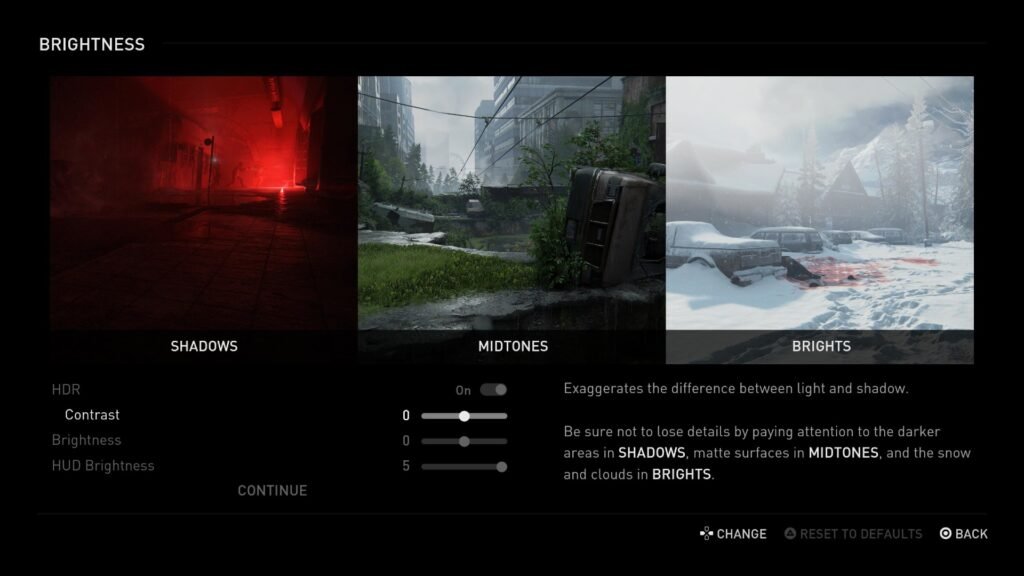
The game opens with a stunning and unfortunate occasion that shows Ellie a way of retaliation. This underlying shock is one of the game’s most disruptive minutes, as it fundamentally changes the elements of the story and Ellie’s personality curve. As players control Ellie through her journey for retribution, they are additionally compelled to go up against the results of her activities. The game difficulties the player’s sympathy and moral compass, scrutinizing the expense of retribution and the cost it takes on one’s humankind.
The Remainder of Us Part II doesn’t simply zero in on Ellie’s viewpoint. In a strong story curve, players are likewise acquainted with Abby, another person with her own purposes behind looking for vengeance. Abby’s storyline is woven into Ellie’s excursion, and the game powers players to see the two sides of the contention, adapting the two characters and showing the agonizing effect of their decisions.
2. Character Development
One of the game’s most grounded angles is its personality advancement. Ellie, a darling person from the primary game, is currently more established and troubled by the injury she has persevered. Her change from an honest little kid to a solidified survivor is depicted with staggering point of interest. Through flashbacks, players witness her developing relationship with Joel, her old flame Dina, and her battles with character and reason.
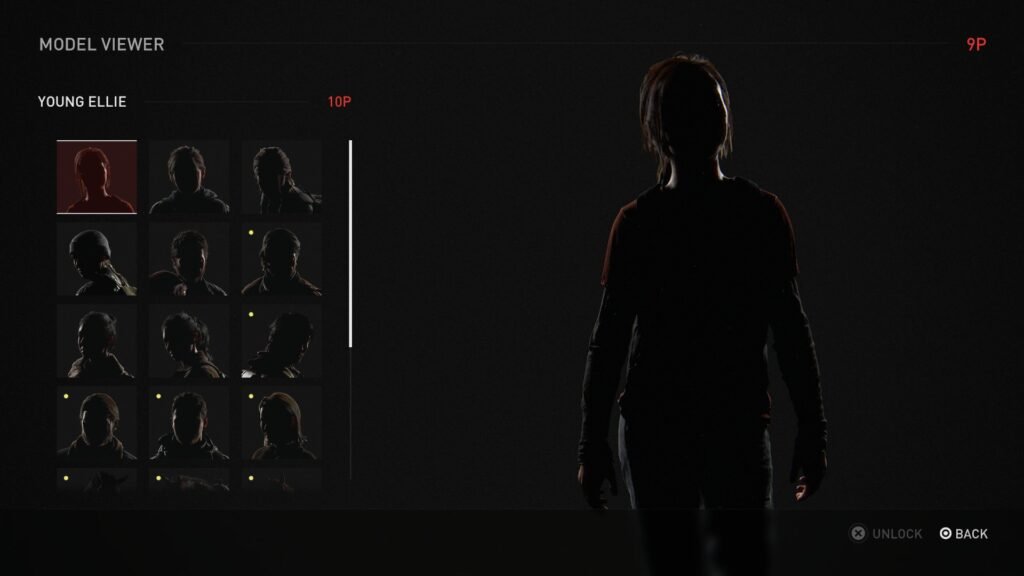
Complex Protagonists with Deep Motivations
Abby, the rookie, is at first seen as a main adversary. Notwithstanding, as players invest more energy with her, they start to figure out her inspirations and the aggravation that drives her. Shrewd Canine’s decision to cause players to feel for both Ellie and Abby is a demonstration of the studio’s obligation to complex narrating. This double viewpoint, however polarizing, features the pattern of viciousness and how effectively one can turn into an antagonist in another person’s story.
The supporting characters, including Dina, Jesse, and Lev, add profundity to the account, giving alternate points of view and close to home layers. The connections Ellie and Abby share with these characters impact their activities and decisions, further underscoring the game’s topics of affection, reliability, and misfortune.
3. Gameplay Mechanics
The Last of Us Part II refines and develops the ongoing interaction mechanics of its ancestor. The game joins components of activity, secrecy, and investigation, with players utilizing a blend of weapons, making, and hand-to-hand battle to get by. The game’s battle is extreme, instinctive, and intended to cause each experience to feel huge. The computer based intelligence has been improved to make foes more erratic and responsive, adding to the strain.
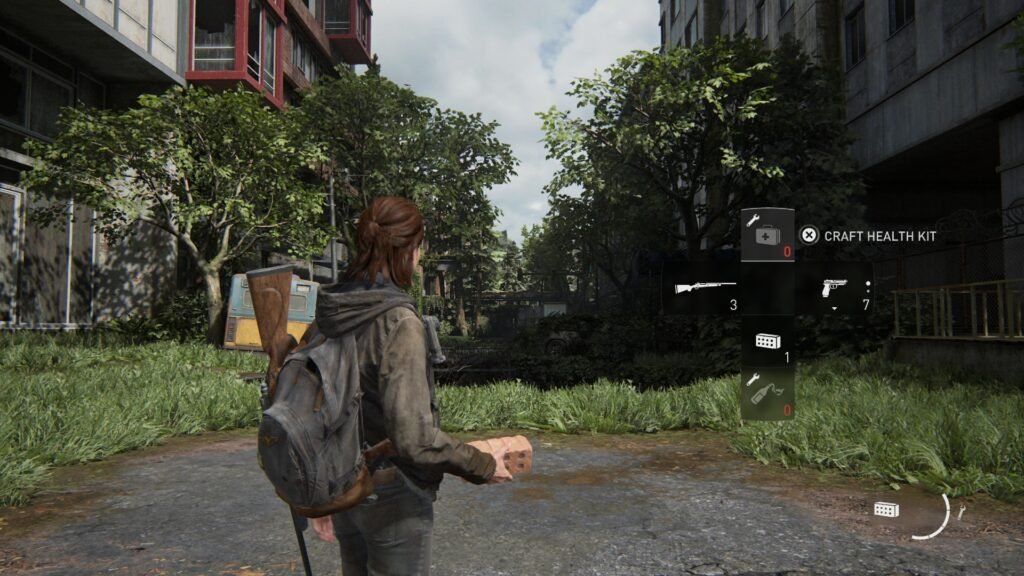
Intense Combat, Stealth, and Exploration
One of the champion mechanics is the manner in which the game integrates Ellie and Abby’s actual contrasts into ongoing interaction. Ellie is deft and fast, ready to fall through restricted spaces and surprise foes, while Abby’s solidarity considers a more forceful methodology. This distinction changes up the ongoing interaction and mirrors the’s characters.
The game likewise presents a point by point climate that supports investigation. Players can search for assets, track down secret notes, and reveal side stories that fully explore the game’s reality. This thoughtfulness regarding natural narrating adds profundity and inundation, compensating players who find opportunity to investigate.
4. Technical Excellence
The Last of Us Part II is a specialized wonder. The illustrations, activitys, and level of detail are probably the best found in gaming. The facial movements convey complex feelings, rejuvenating the characters such that couple of games have accomplished. The conditions, from the congested cityscapes to the claustrophobic insides, are carefully created, adding to the game’s air and feeling of authenticity.
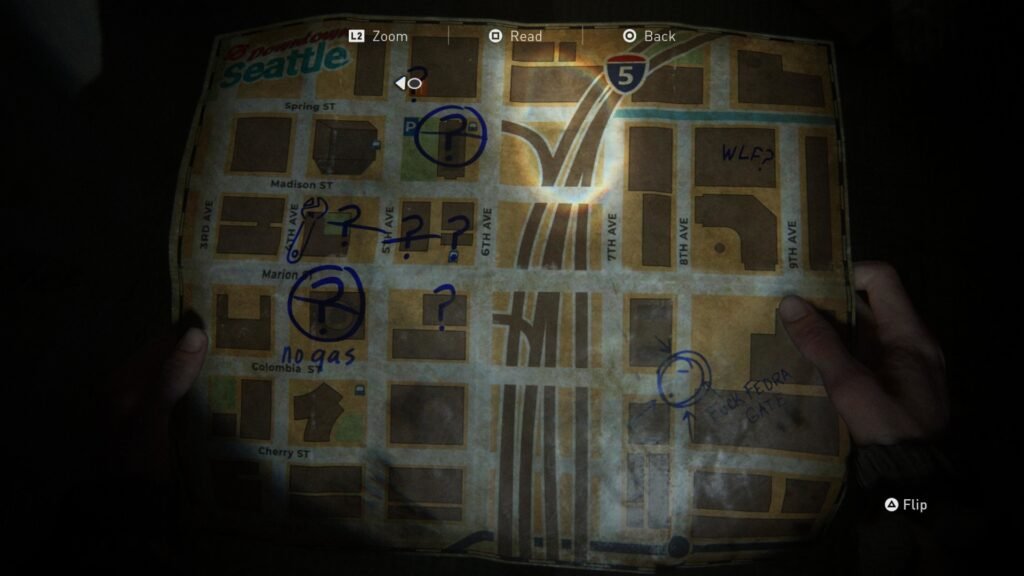
Stunning Graphics and Immersive Sound Design
The sound plan additionally merits unique notice. The game’s soundtrack, made by Gustavo Santaolalla, is tormenting and profound, establishing the vibe for key minutes. The audio effects, whether it’s the mash of strides in snow or the frightening hints of tainted, improve the game’s vivid experience.
Wicked Canine’s obligation to openness is another feature. The game offers an extensive variety of openness choices, from visual guides to adjustable controls, permitting players, everything being equal, to encounter the story. This inclusivity is a demonstration of the studio’s devotion to contacting a different crowd.
5. Cultural Impact and Controversy
The Last of Us Part II gotten broad basic approval, with acclaim for its narrating, characters, and specialized accomplishments. Be that as it may, it additionally started huge discussion among fans. The game’s treatment of cherished characters, especially Joel, and its readiness to defy players with awkward insights prompted partitioned conclusions.
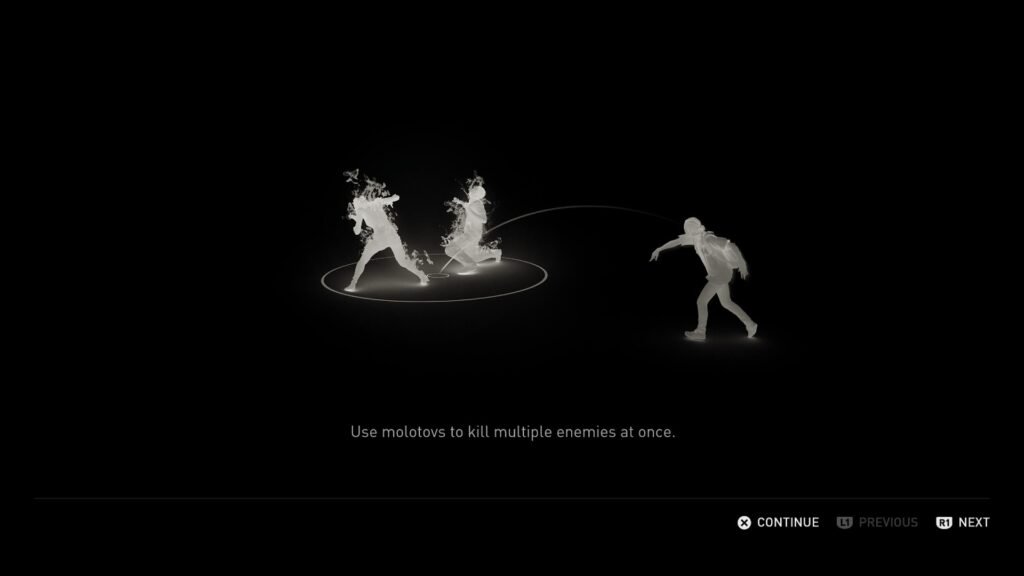
A few fans were frustrated by the game’s takeoff from conventional “courageous” narrating, while others valued its strong and resolute methodology. The game’s depiction of LGBTQ+ connections and portrayal of different characters was likewise earth shattering, starting significant discussions about consideration in gaming.
Reception, Debate, and Influence
The kickback and contention encompassing the game likewise featured issues inside the gaming local area, including the poisonousness of fan culture and the effect of online provocation on designers. In spite of the polarizing gathering, The Remainder of Us Part II left an enduring effect on the business, pushing the limits of what computer games can accomplish as far as narrating and close to home commitment.
6. Legacy and Influence
The Last of Us Part II has set another norm for account driven games. Its eagerness to handle complex subjects, present ethically questionable characters, and challenge players’ points of view has affected different games and engineers. The game’s prosperity has made ready for more nuanced and mature narrating in gaming, demonstrating that computer games can be a strong mechanism for investigating the human experience.
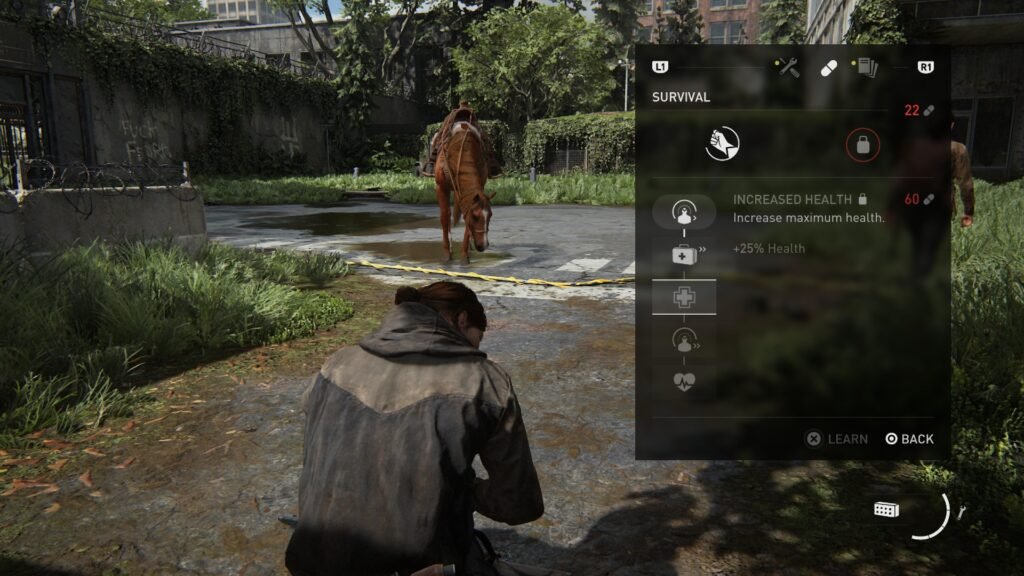
Paving the Way for Future Story-Driven Games
Wicked Canine’s obligation to quality and narrating keeps on rousing future game turn of events. The Remainder of Us Part II is something other than a game; a social standard has ignited conversations about compassion, brutality, and the effect of our decisions.
Conclusion
The Last of Us Part II is a masterclass in narrating, character improvement, and specialized accomplishment. A game provokes players to stand up to troublesome feelings and question their own profound quality. While it may not be generally cherished, its effect on the gaming business is evident. The game’s subjects of retribution, pardoning, and the quest for importance resound on a profoundly human level, making it a significant and extraordinary experience.
In the years to come, The Remainder of Us Part II will be recognized as a pivotal game that pushed the limits of what a computer game can be. Its heritage will keep on impacting the business, motivating future games to handle complex subjects and make significant stories. Whether you adored or abhorred it, The Remainder of Us Part II has made a permanent imprint on the universe of gaming, cementing its place in gaming history.

